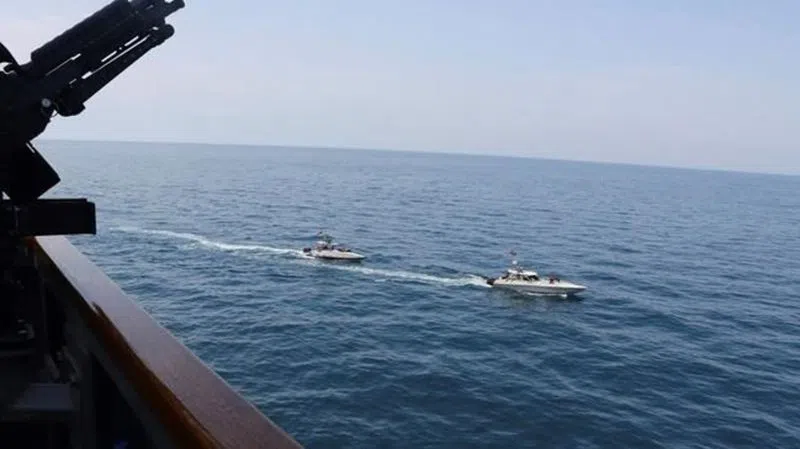
Trump tweets he’s ordered Navy to destroy Iranian gunboats
WASHINGTON — President Donald Trump said Wednesday that he has ordered the Navy to “shoot down and destroy” any Iranian gunboats that harass U.S. ships, a directive that comes a week after the Navy reported a group of Iranian boats made “dangerous and harassing approaches” to American vessels in the Persian Gulf.
Trump did not cite a specific event in his tweet or provide details. The White House had no immediate comment. The U.S. Navy’s Bahrain-based 5th Fleet referred questions about the tweet to the Pentagon, and the Pentagon referred questions to the White House.
Shortly before Trump’s tweet, Iran’s Revolutionary Guard said Wednesday it had put the Islamic Republic’s first military satellite into orbit, dramatically unveiling what experts described as a secret space program.
That launch raised concerns among experts about whether the technology could be used to help Iran develop intercontinental ballistic missiles. Iran currently has short- and intermediate-range missiles.


